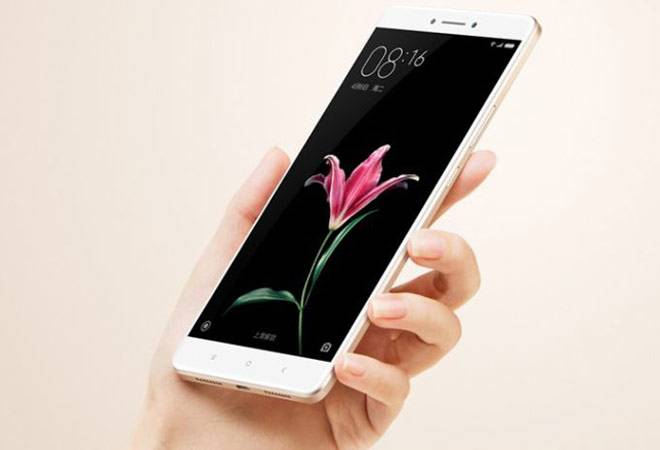Xiaomi Mi Max: 6.44-inch display
The Xiaomi Mi Max, introduced in May 2016, carved out a niche in the smartphone market, catering specifically to users craving a truly massive display for media consumption. This device was designed to bridge the gap between a standard smartphone and a small tablet, offering a compelling blend of size, performance, and impressive battery life.
Design and Display
The defining feature of the Mi Max is its enormous 6.44-inch touchscreen display. Boasting a full-HD resolution of 1080 x 1920 pixels and a sharp PPI of 342, the IPS panel delivers a vibrant and immersive viewing experience. The model’s intended use—big-screen entertainment—is fully realized through its ability to produce “vivid hard-hitting colors with good levels of brightness.” Despite its large footprint, the Mi Max maintains a “fairly slim” profile, with dimensions of 173.10×88.30×7.50 mm (height x width x thickness). Its premium, all-metal body not only ensures durability but also lends a “slick aesthetic” to the device, weighing 203.00 grams.
Performance and Software
While examining the inner workings, the Mi Max is powered by a competent Qualcomm Snapdragon 650 processor paired with 3GB of RAM. This configuration is responsible for the phone’s “sharp” performance. The device originally shipped running Android 6.0 (with later support up to Android 7.0) and utilizes Xiaomi’s proprietary MIUI 7 software, which is based on Android Marshmallow. Internal storage is a modest 32GB, but users have the flexibility to expand this significantly, up to 128GB via a micro-SD card. Key features enhancing the user experience include a fingerprint sensor for security and an infrared emitter.
Battery Life and Connectivity
One of the Mi Max’s most praised attributes is its exceptional endurance, fueled by a substantial 4850mAh non-removable battery. The review notes that the phone’s battery life is “excellent,” capable of lasting up to two days on a single charge—a significant advantage for a device focused on media consumption.
As a dual SIM smartphone (Micro-SIM and Nano-SIM, GSM and GSM), the Mi Max offers flexible connectivity. Standard options include Wi-Fi, GPS, Bluetooth, FM, 3G, and 4G. The suite of sensors includes Proximity, Ambient light, Accelerometers, and Gyroscopes.
Camera
The camera system is functional, but not the device’s main strength. It features a 16-megapixel rear camera with PDAF and a 5-megapixel front camera. The provided analysis notes that the “camera quality isn’t the best,” suggesting it is adequate but not flagship-level.
KEY FEATURES
| Display | 6.44-inch |
| Resolution | 1080 x 1920 pixels |
| OS | Android 6.0-7.0 |
| RAM | 3 GB |
| Internal storage | 32 GB storage(expandable up to 128 GB) |
| Rear camera | 16-megapixel |
| Front camera | 5-megapixel |
| Battery | 4850 mAh(non-removable) |
| Processor | Qualcomm Snapdragon 650 |
Ultimately, the Xiaomi Mi Max is positioned as a “solid product” aimed at a “more niche market”: those who want a tablet-like experience in a phone format. Its key selling points are its “very good build quality, great display, great battery life, and fast performance.” While the lack of stereo speakers is a drawback for a media-focused device, the conclusion remains that “if you like the idea of a tablet-sized smartphone, Mi Max is the best option at its current price point.”










